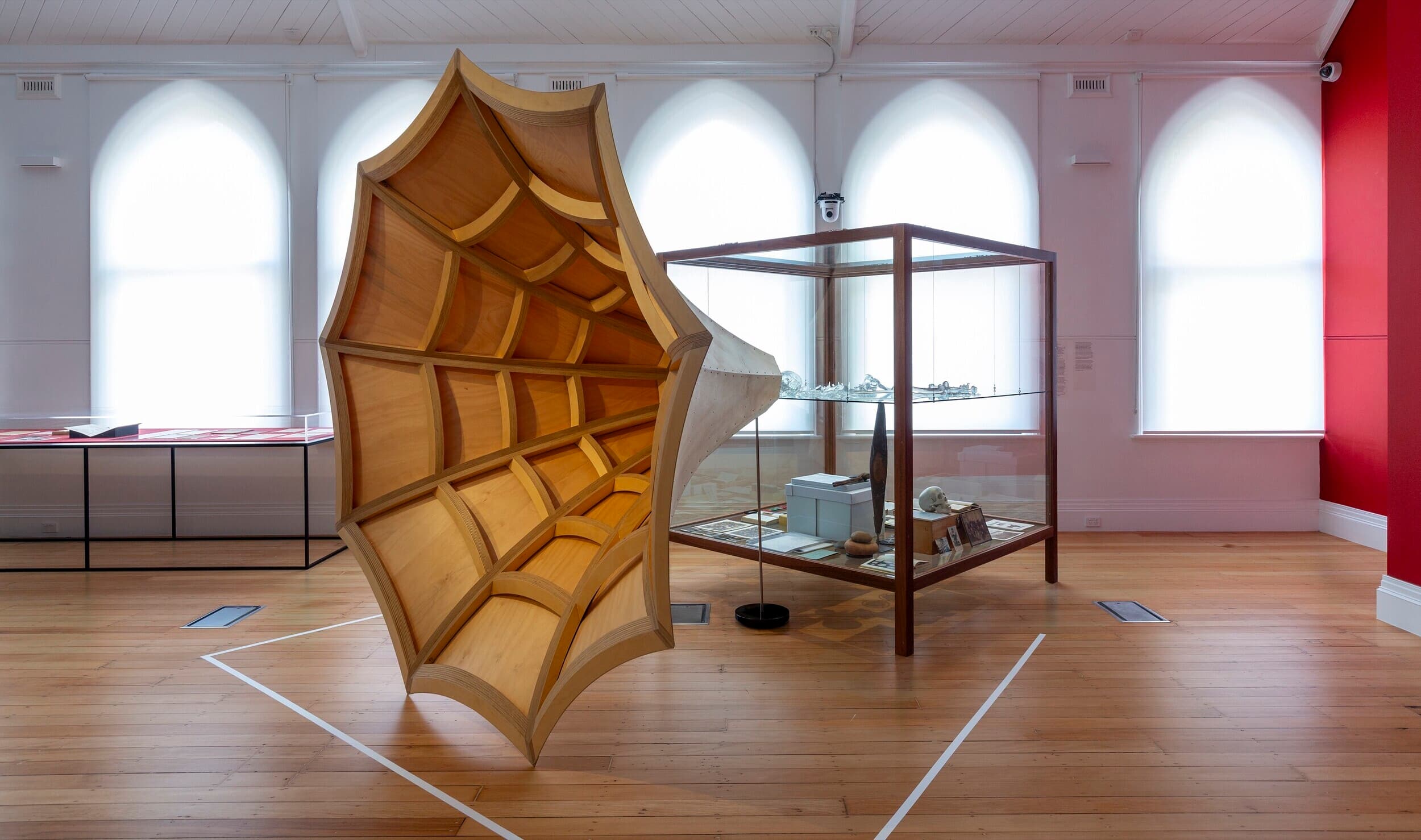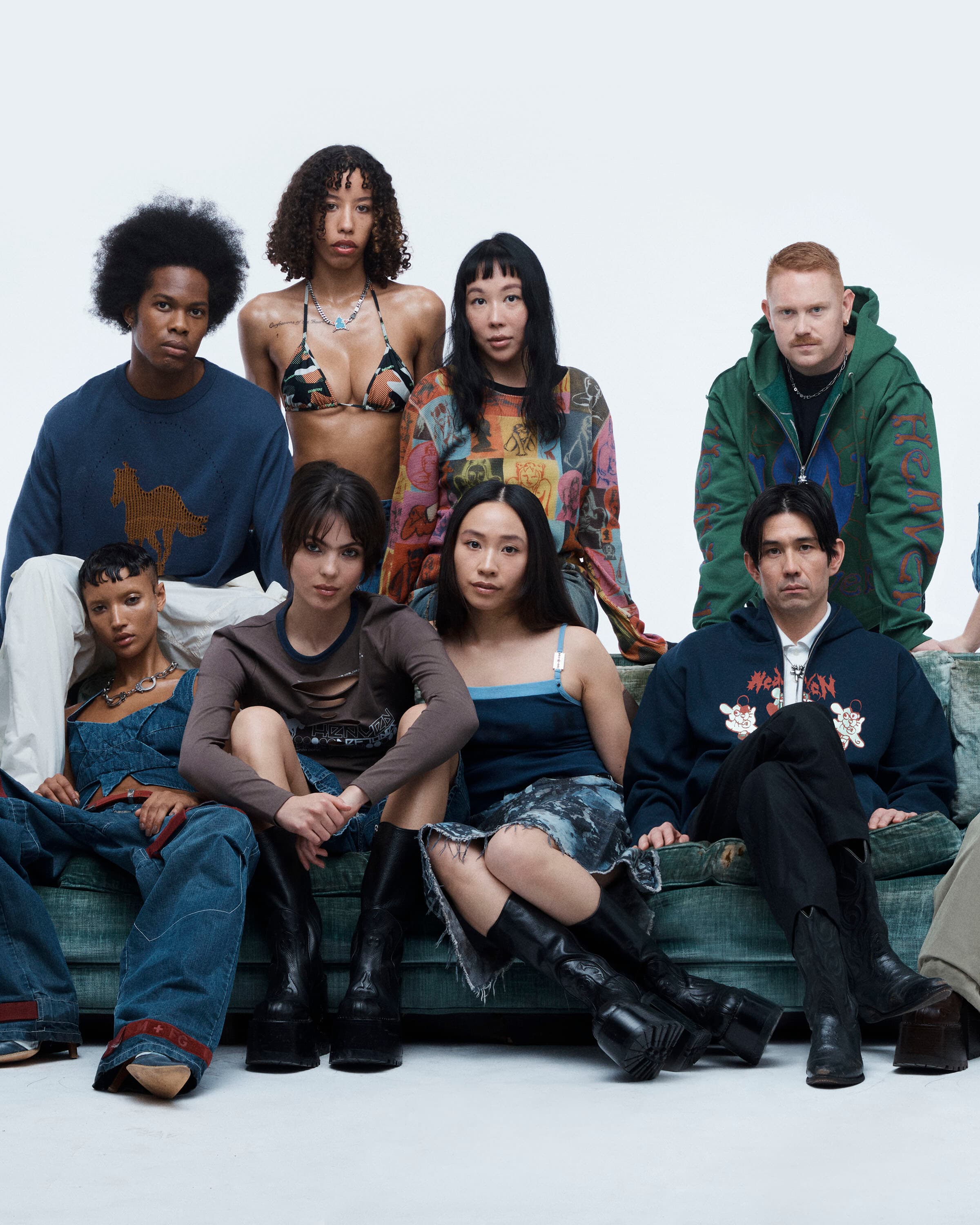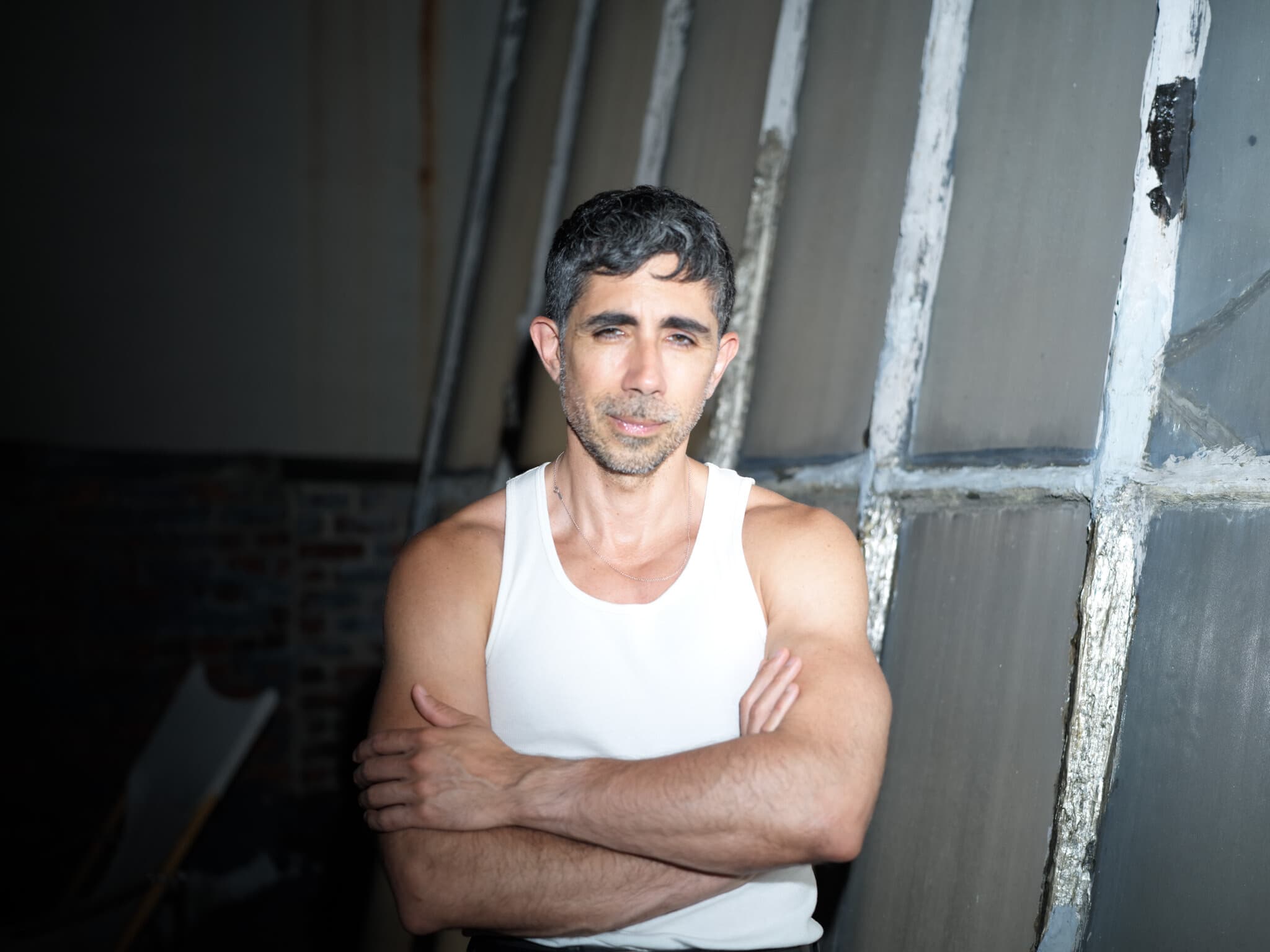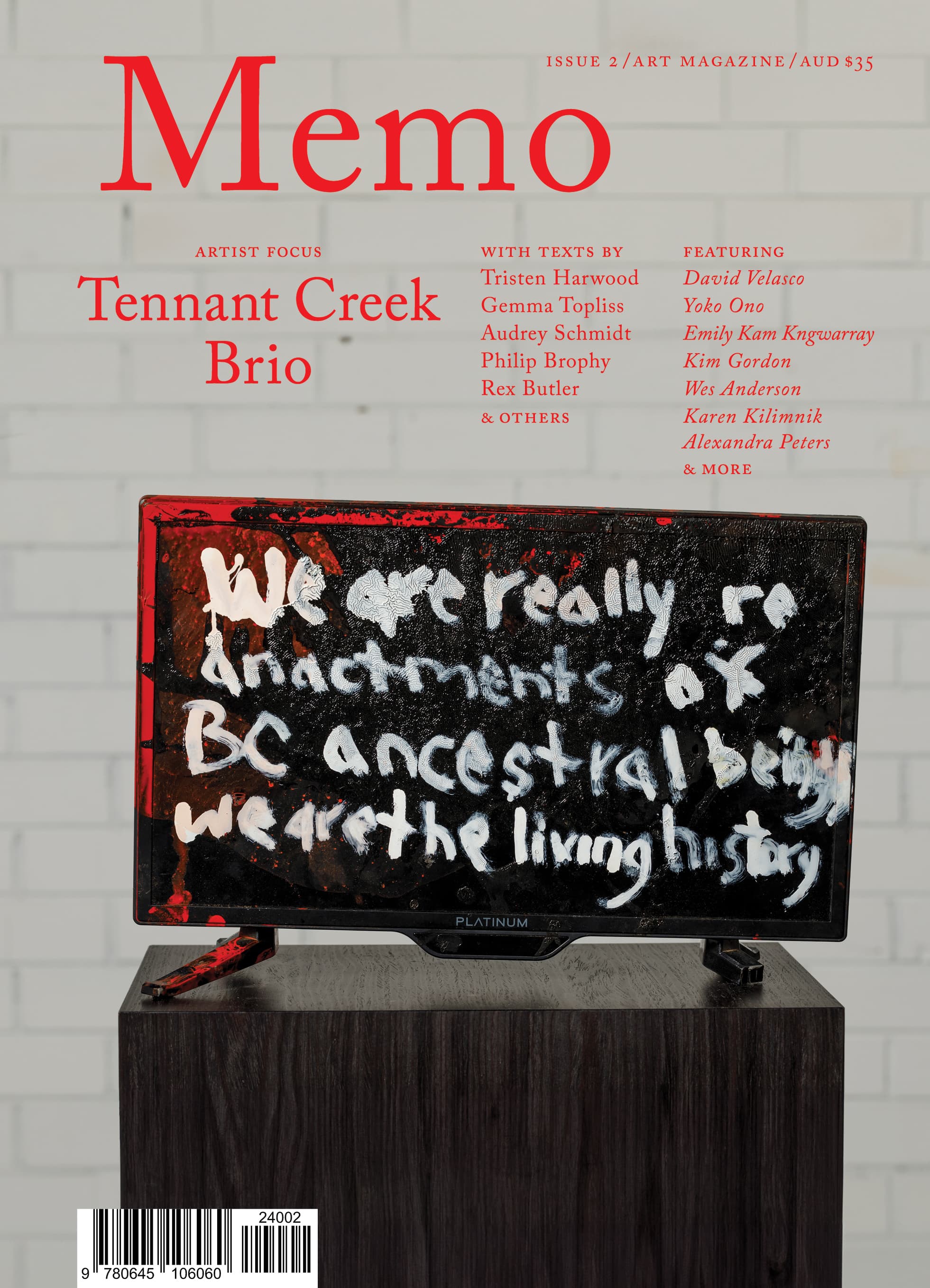Are collectives dependent on institutions?
Narrowing the collective to its relation with art institutions and “artworld systems” posits the latter as ultimate signifiers.
Narrowing the collective to its relation with art institutions and “artworld systems” troubles me. It posits the latter as ultimate signifiers, and confirms the insularity of these art “worlds.” Beyond my mistrust for isolated identities, such insularity precludes any form of agency of art in the world at large.
Exclusive to the Magazine
Are collectives dependent on institutions? by Alexis Destoop is featured in full in Issue 2 of Memo magazine.
Get your hands on the print edition through our online shop or save up to 20% and get free domestic shipping with a subscription.
Related

Potter Museum of Art, 30 May to 23 Nov 2025. Curated by associate provost and distinguished professor Marcia Langton AO, senior curator Judith Ryan AM, and associate curator Shanysa McConville.

Dean Kissick’s Downward Spiral chronicled the art world’s contradictions with the breathless urgency of an end-times prophet. Now, with the column closed and the critic in semi-exile, the question lingers: was he a voice of his generation, or just another scenester burning out on his own myth?

“There’s no path for the magazine to restore trust in its current ownership.” David Velasco and Kate Sutton reflect on the situation with Artforum and its Summer 2024 issue.
